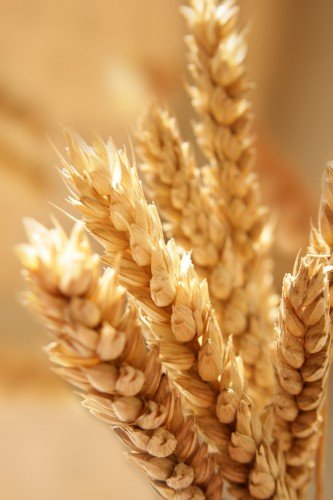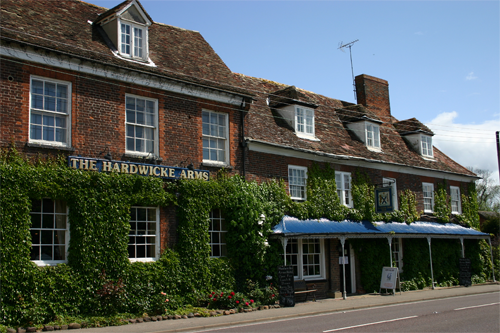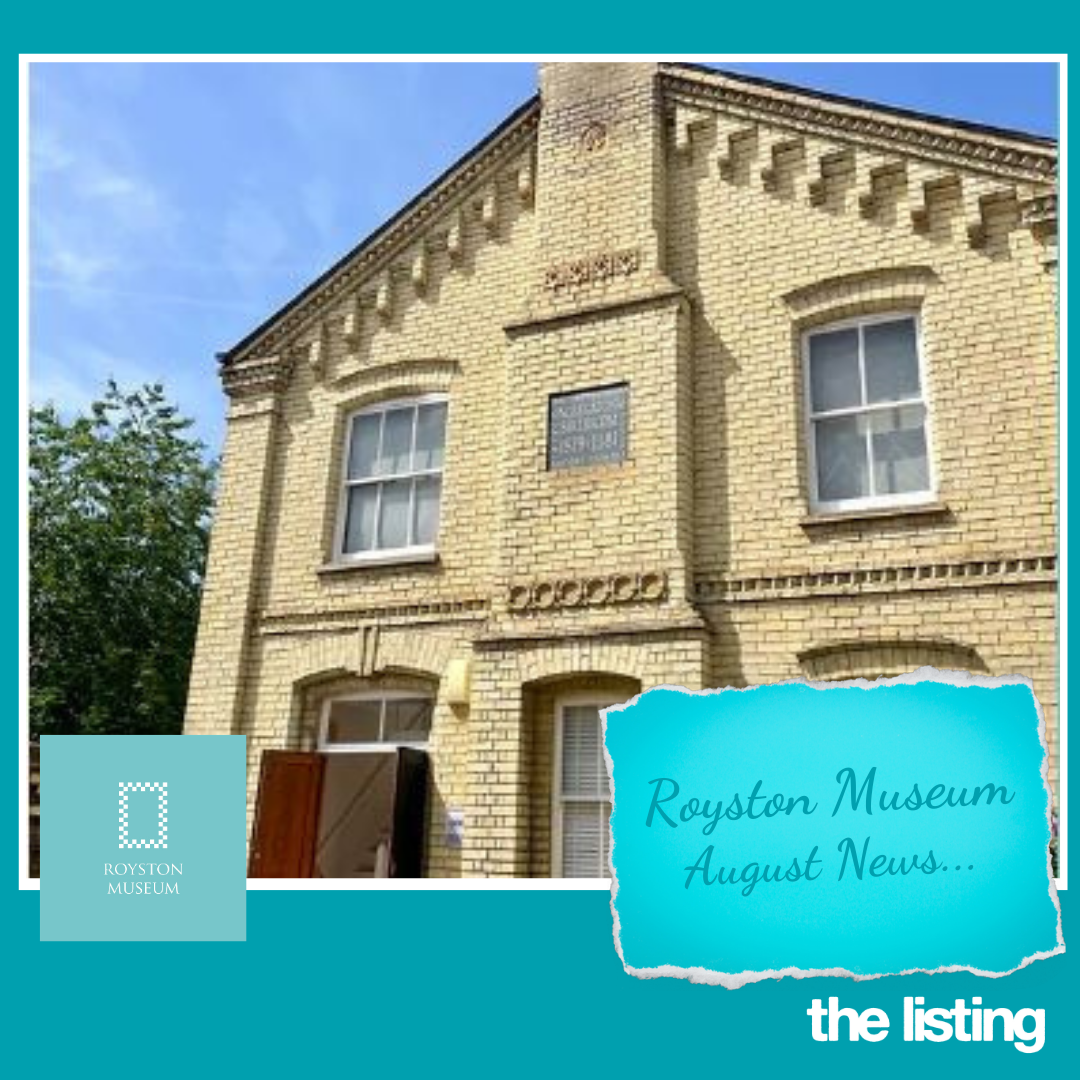Croydon

Croydon is a lovely peaceful little village. It has a church and a reading room which is available to hire and hosts an annual (and very popular) Classic Vehicle Show each summer. The village pub, the Queen Adelaide, is undergoing renovation.
Who’d have thought that this was the scene of a riot! Back in 1832, 150 people went to Mr Thomas Faircloth’s farm and threatened to destroy his new threshing machine as they considered it threatened their winter job of manually threshing the crops with flails in the barns. In fact, the machine was destroyed and 16 men were found guilty. Sentences ranged from three months imprisonment to transportation to Australia!
More fascinating detail of this case can be read on the Croydon Village website which also has a document entitle “Speculem Gregis” which is “An account of all the inhabitants of the Parish of Croydon in the County of Cambridgeshire commencing from 1 January 1843”.
This document gives a commentary on each household in the village and provides a fascinating insight in to mid 19th century life. It’s certainly worth a read and those with ancestors in the area may well find a familiar surname or two!
There is also a well illustrated website dedicated to the document which is well worth a look.
www.croydon-village.co.uk
www.speculumgregis.co.uk
Arrington

Arrington is surrounded by beautiful countryside, close to Wimpole Hall and is steeped in history dating back to c.950AD.
For a small village, Arrington is surrounded by numerous places of interest and has a strong community which offers lots of services, activities & clubs.
There is a village garden & pond maintained and supported by community and there are over 20 listed buildings in the village including the Grade 1 listed St.Nicholas Church which dates from around 1275-1300 and the Grade 2 listed Hardwicke Arms with 13th century origins but the main building work dating from 18th century.
A row of six almshouses was built in 1846 by Susan, Countess of Hardwicke. The almshouses were for “poor people of good character who have resided in Wimpole or Arrington or the surrounding areas. Preference shall be given to widows”
The original six Almshouses have since been converted to four dwellings while retaining their original charm.













